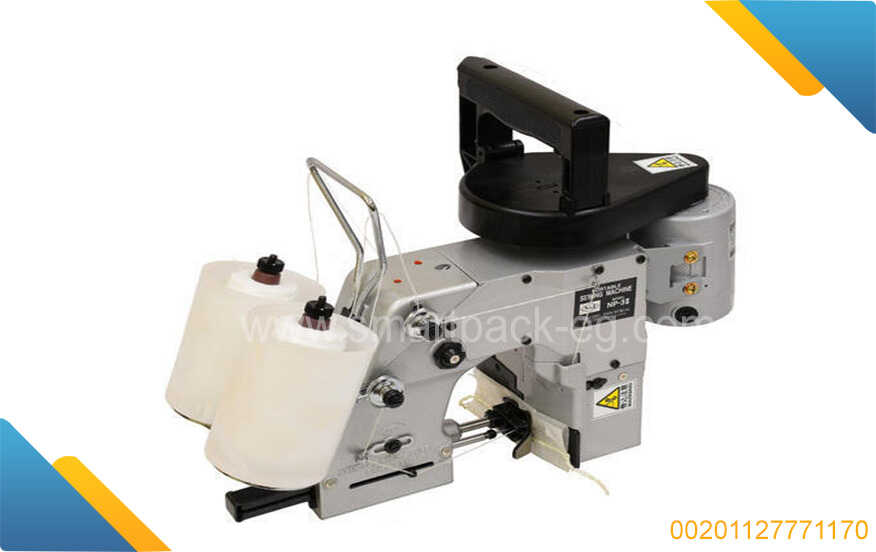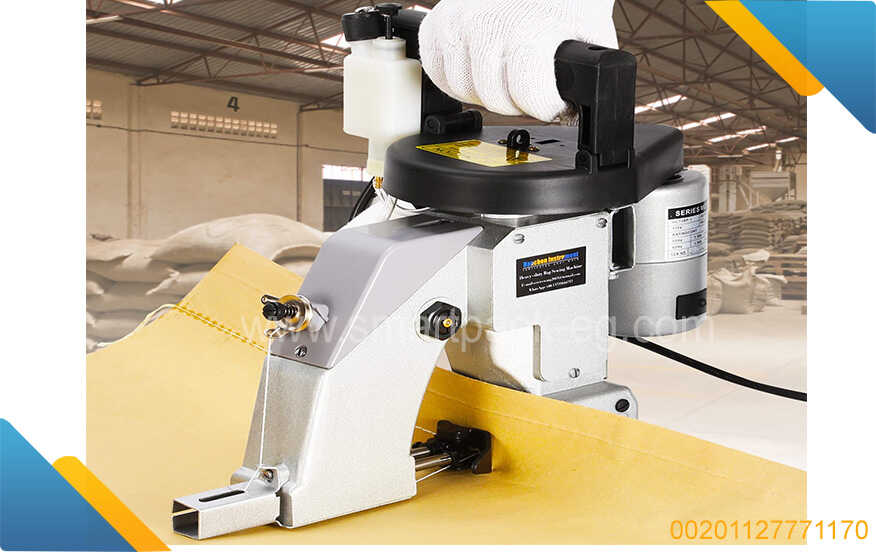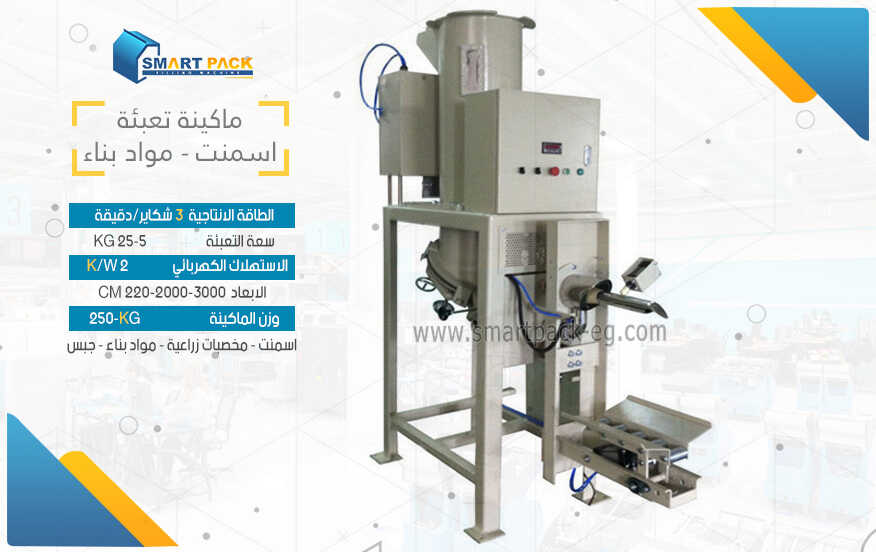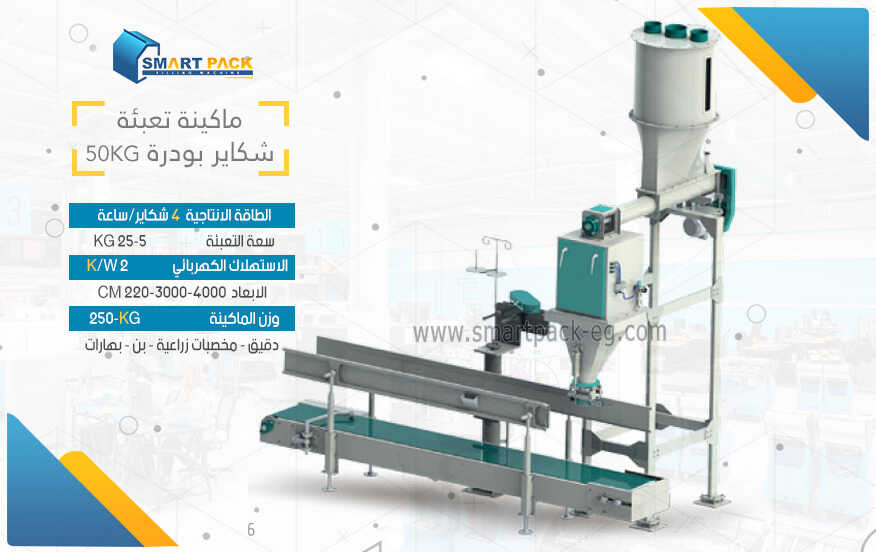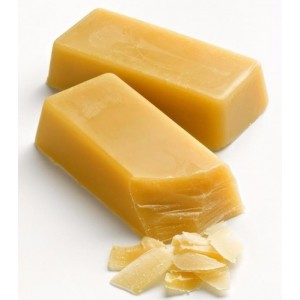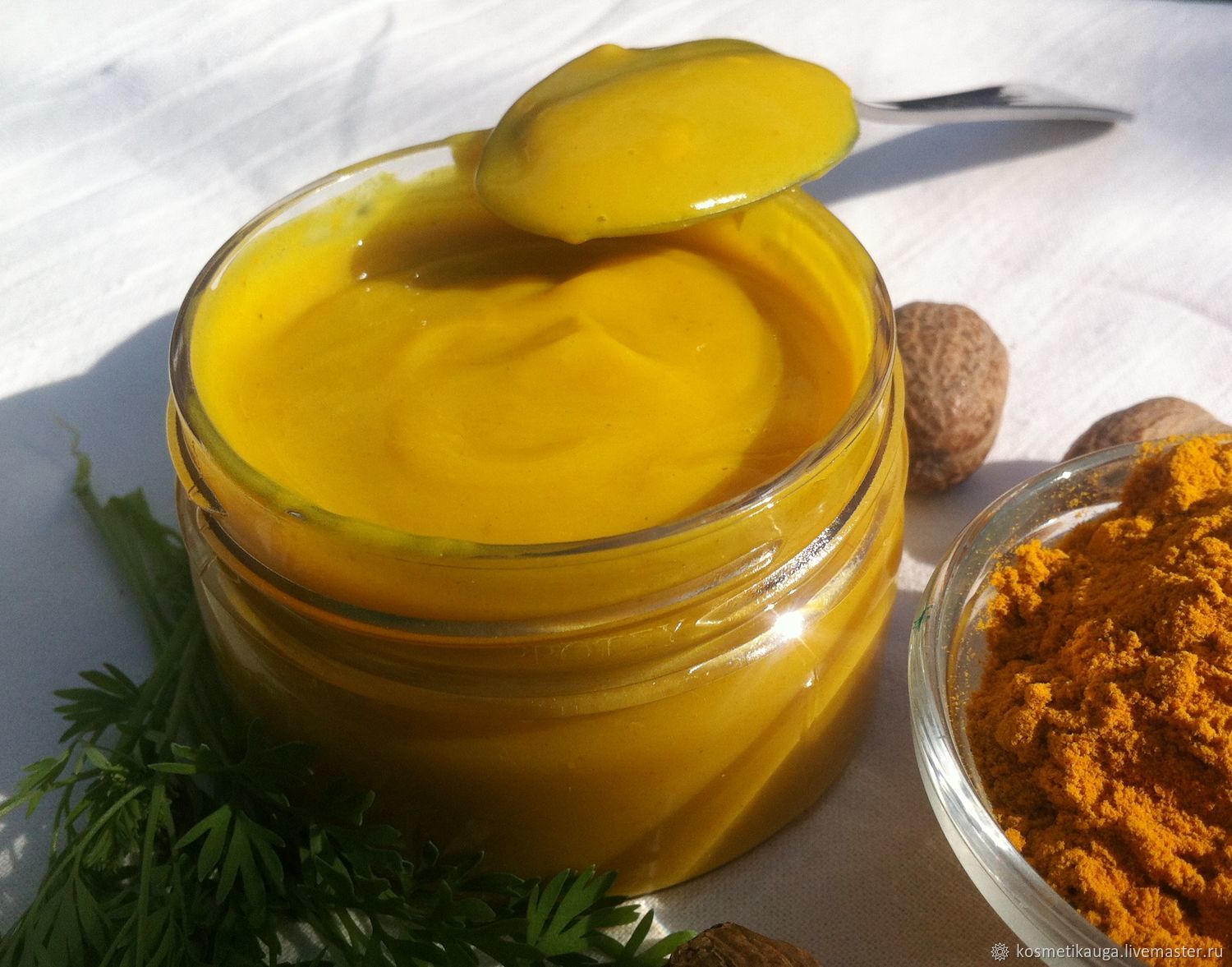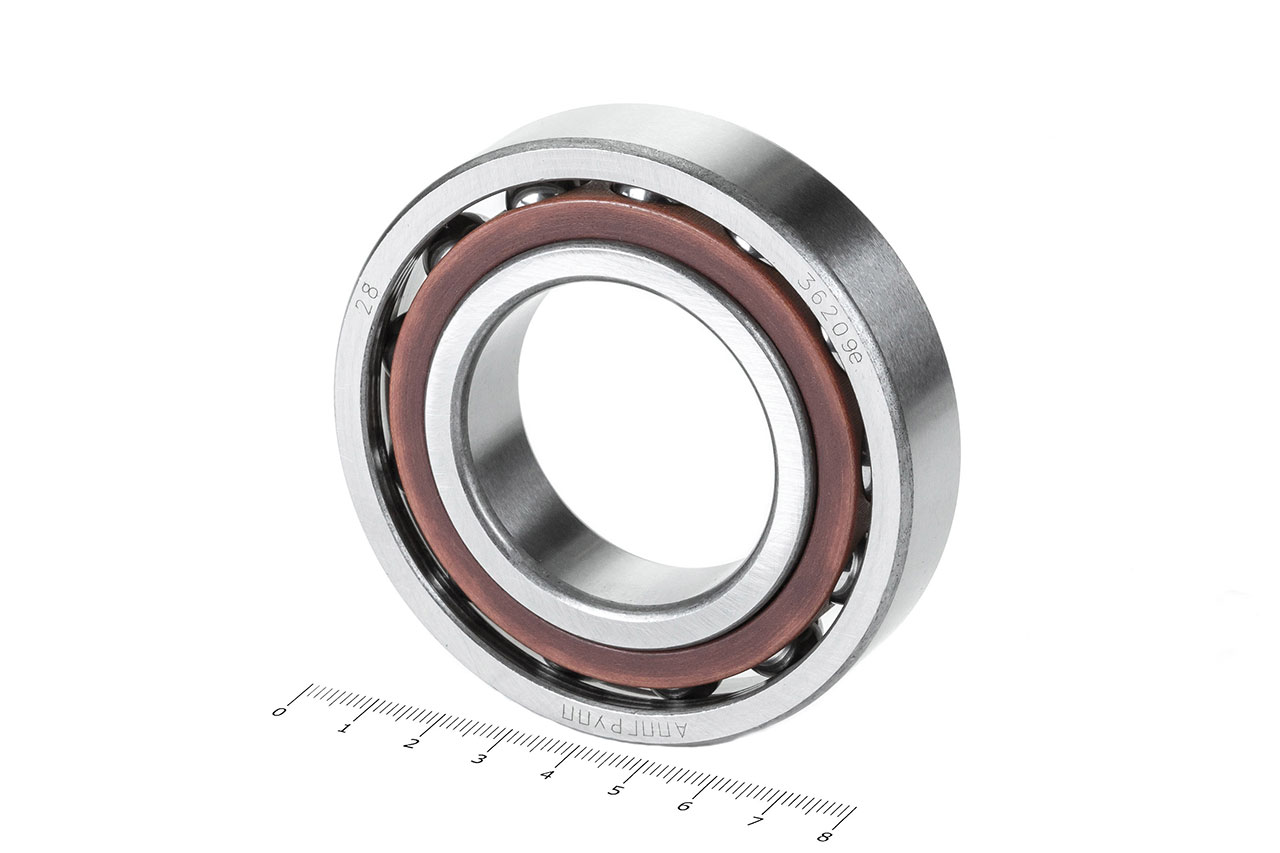How To Guide: Useful Information about the Cultivation, Processing, and Packaging of Sesame in Egypt
Introduction:
Sesame is an important agricultural commodity in Egypt, renowned for its oil-rich seeds and versatile applications in both culinary and industrial sectors. This guide aims to provide you with valuable information about sesame cultivation, processing, and packaging in Egypt, empowering you with knowledge to effectively engage in this industry.
- Cultivation of Sesame:
a. Climate and Soil Requirements:
- Sesame grows well in warm climates with temperatures between 20-35°C (68-95°F).
- Sandy or loamy soil with good drainage is suitable for sesame cultivation.
- The optimum pH range for sesame cultivation is 6-7.5.
b. Seed Selection:
- Choose high-quality seeds from reliable sources or select seeds from your own sesame crop.
- Look for seeds with good germination rates, free from diseases, and unwanted impurities.
c. Land Preparation and Sowing:
- Prepare the land by removing weeds, rocks, and debris.
- Plow the field thoroughly to create a fine seedbed.
- Sow the seeds at a depth of 1-2 cm (0.4-0.8 inches) during the appropriate season (usually from April to May in Egypt).
- Maintain adequate spacing between plants (about 20-30 cm or 8-12 inches) to enable proper growth.
d. Irrigation and Fertilization:
- Sesame requires regular watering, especially during its initial growth stage.
- Avoid overwatering as it may cause fungal diseases.
- Incorporate organic matter or well-balanced fertilizers to enhance soil fertility.
e. Pest and Disease Management:
- Monitor your crop for pests such as aphids, whiteflies, and leafhoppers.
- Control and prevent infestations through natural methods or by using approved pesticides.
- Common diseases in sesame include leaf spots and fungal infections; consult with agricultural experts for effective management techniques.
- Harvesting and Processing:
a. Indicators of maturity:
- Sesame pods turn yellowish-brown and start to crack when they are ready for harvest.
- Seeds inside should be fully developed, distinguishable by their dark brown color.
b. Harvesting Techniques:
- Harvest when the majority of pods have begun to change color and are dry to touch.
- Cut plants near the base and leave them in the field for a few days to dry.
c. Processing Steps:
-
Threshing: Separate the seeds from the dried plants using manual or mechanical methods, such as beating or rubbing.
-
Cleaning: Remove impurities, dirt, and plant debris by winnowing, sieving, or using specialized machines.
-
Drying: Ensure the seeds are completely dry before further processing or storage.
-
Roasting (optional): Roast the sesame seeds at controlled temperatures to enhance flavor and aroma, if desired.
-
Milling: Ground the seeds in a grinder or mill to produce sesame paste or oil.
-
Packaging:
a. Quality Assurance:
- Prioritize cleanliness during packaging to maintain product quality.
- Use appropriate packaging materials that are resistant to moisture and pests.
- Regularly inspect packaged seeds for any signs of spoilage or foreign matter.
b. Labeling and Information:
- Clearly label packages with information such as the product name, weight, production date, and expiry date.
- Include any special certifications or quality standards your sesame products have attained.
c. Storage and Transportation:
- Store packaged sesame seeds in a cool, dry place away from direct sunlight.
- Use suitable containers or bags that preserve freshness and prevent moisture absorption.
- During transportation, ensure proper handling and protection from physical damage.
Conclusion:
Now equipped with valuable insights into sesame cultivation, processing, and packaging in Egypt, you can confidently embark on your venture in this industry. Remember to adhere to best practices and seek guidance from agricultural experts to optimize your sesame production and provide consumers with high-quality products.

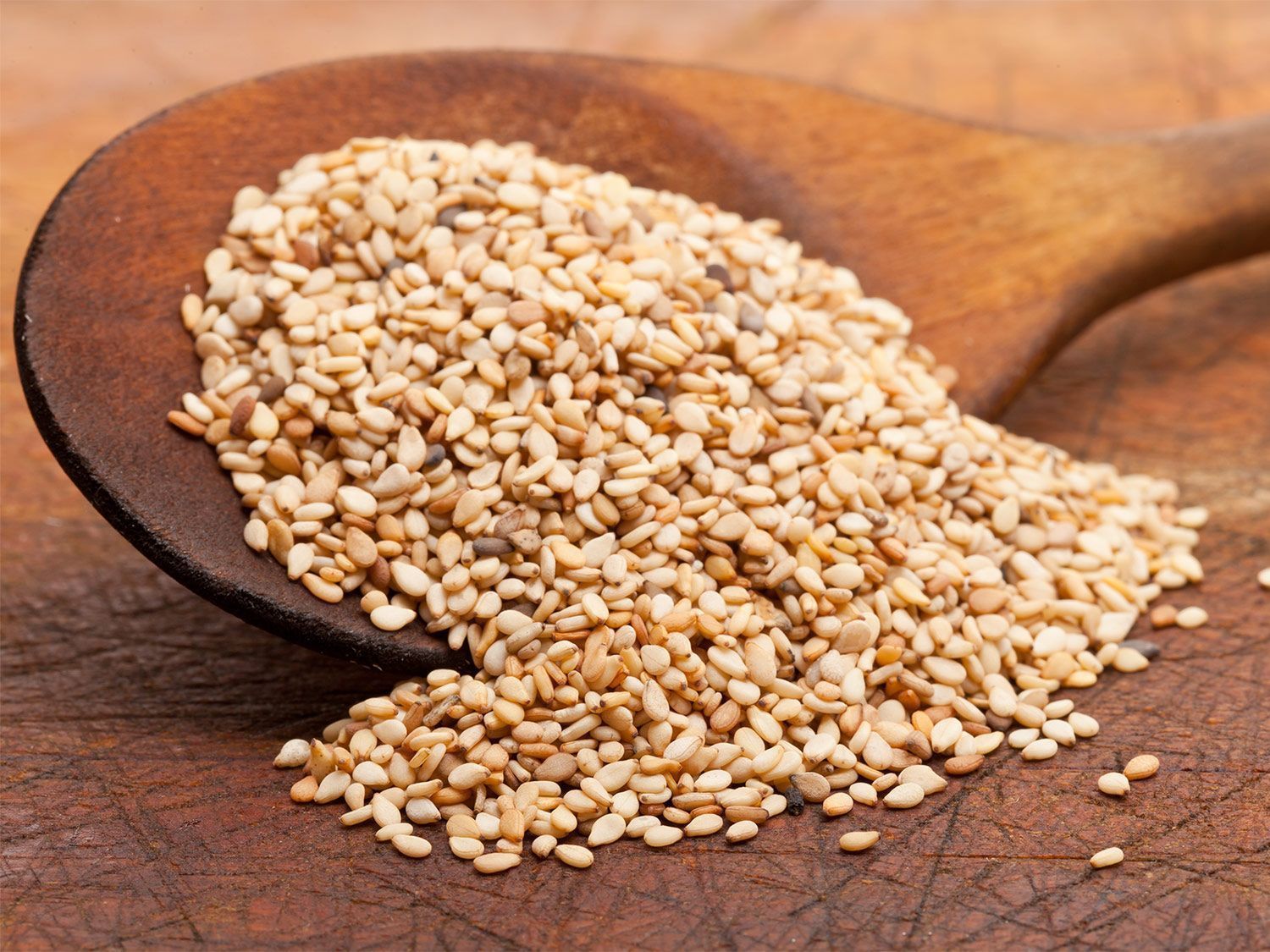

 Admin
Admin 